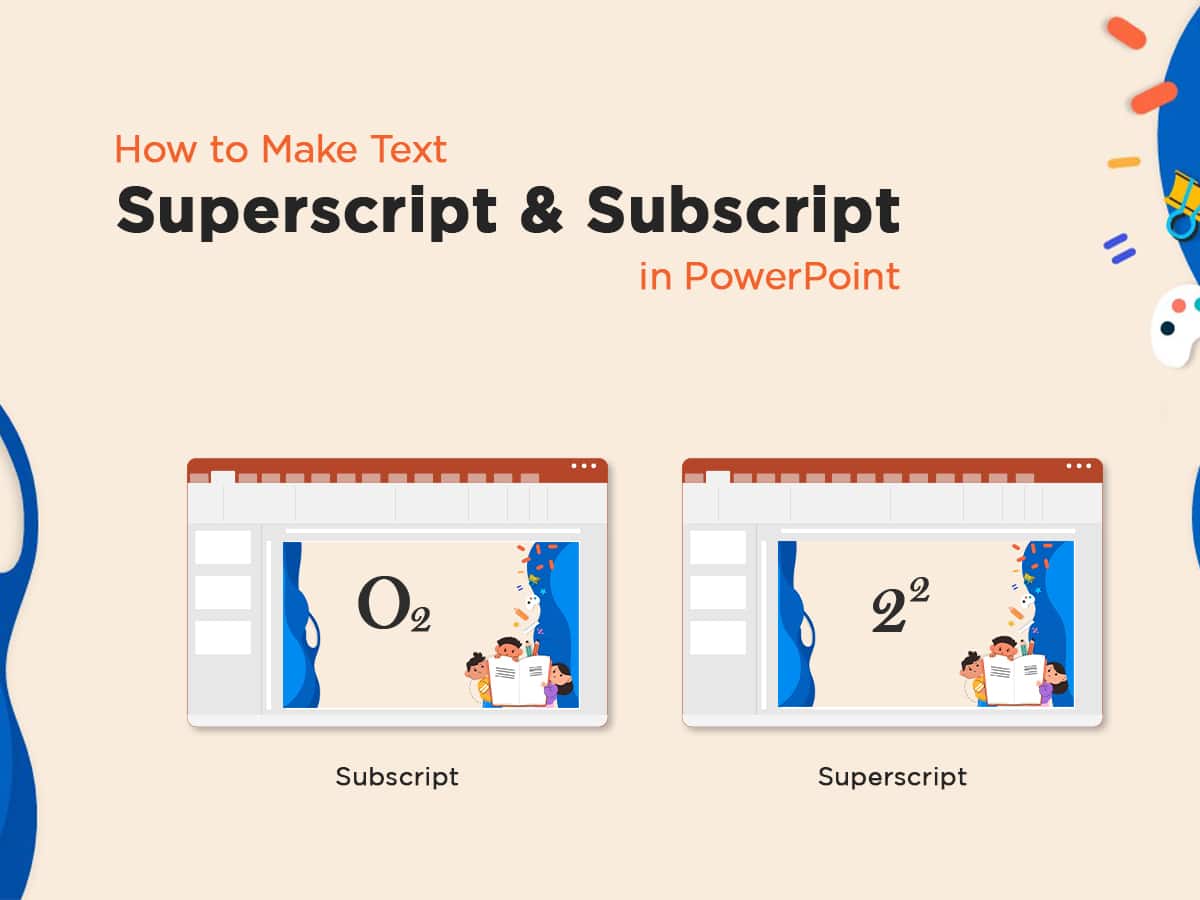How to Design and Format Tables in PowerPoint the Easy Way

Tables are one of the simplest yet most effective ways to present data in a PowerPoint presentation. But a poorly designed table can quickly make your slide look cluttered and difficult to read. The good news? PowerPoint offers built-in tools that make it easy to create, style, and format tables in just a few clicks.
Whether you’re organizing numbers, comparisons, or structured information, a well-formatted table ensures your audience can understand the data at a glance. Here’s how to do it the right way.
Creating a Table in PowerPoint
- Open PowerPoint and navigate to the slide where you want to insert the table.
- Click on the “Insert” tab in the ribbon.
- Select “Table” and choose the number of rows and columns. Your table will be added instantly.
- Adjust the size and position by dragging the edges to fit your slide layout.

Formatting a Table in PowerPoint
1. Apply a Table Style for a Quick, Polished Look
- Click on the table, and the “Table Design” tab will appear in the ribbon.
- Select from built-in table styles to match your presentation theme.
2. Customize Borders and Background Colors
- Use “Shading” to apply different background colors for better contrast.
- Adjust “Borders” to emphasize key sections or create a cleaner look.
3. Align Text for Better Readability
- Under the “Layout” tab, use alignment tools to position text properly.
- Left-aligned text is best for readability, while centered text works well for numbers.
4. Resize Columns and Rows for a Clean Layout
- Drag column and row edges to fit the content neatly.
- Avoid squeezing too much information into one table—use multiple tables if needed.
Additional Tips for Better Table Design
✔ Keep It Simple – Too much data in a single table makes it hard to read.
✔ Use Consistent Fonts and Colors – Stick to your presentation’s theme for a professional look.
✔ Highlight Key Data – Use bold text or color shading to draw attention to important points.
✔ Utilize Table Templates – Pre-designed table templates save time and ensure a neat format.
Now, apply these tips and make your next presentation clear, structured, and professional!
Creating and formatting tables in PowerPoint is a piece of cake once you get the hang of it. Keep your tables clean, simple, and visually consistent with your overall slide design. The right table doesn’t just organize data—it makes your presentation stand out effortlessly.
So go ahead, craft tables that don’t just inform but impress. Because when your data looks good, you look good too!



